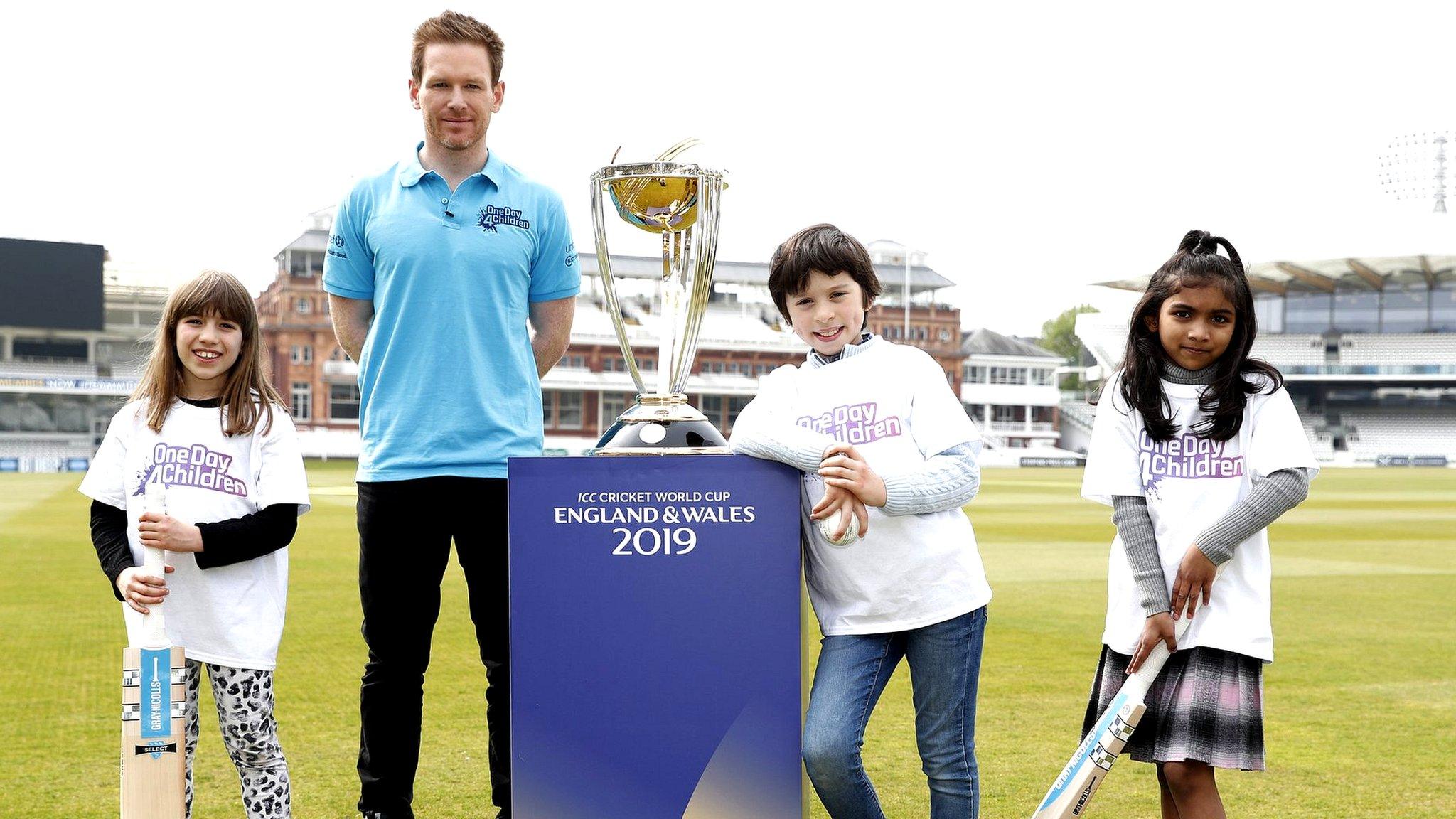Women's World T20 2016: Mithali Raj on women's cricket in India
- Published
How cricket gives Indian women 'status'
Who is the first player to score a double hundred in a one-day international?
More often than not, the answer given would be India legend Sachin Tendulkar, who scored 200 in 2010. Since then, Virender Sehwag, Rohit Sharma, Martin Guptill and Chris Gayle have all posted a double ton.
However, not many are aware that the first player to hit a double century in one-day cricket is actually a female player. Former Australia batter Belinda Clarke scored 229 not out , externalin a World Cup match in India, way back in 1997.
This shows the lack of awareness about the women's game even in a cricket crazy country like India.
India's women cricketers have had their share of struggles ever since females started playing cricket at a professional level in the 1970s.
A cursory look at India's current women's team reveals how most of them come from humble backgrounds and have faced social pressures, but have made it big in the national team.
India captain Mithali Raj, a veteran of 164 one-day matches, brings a certain calmness and confidence to her team.
Mithali is only the second batter to score 5,000 runs in women's one-day internationals after England's Charlotte Edwards.
She told BBC Hindi: "When we travel with big sports kits, most people ask us if we are hockey players. They still can't fathom that we might be cricket players.
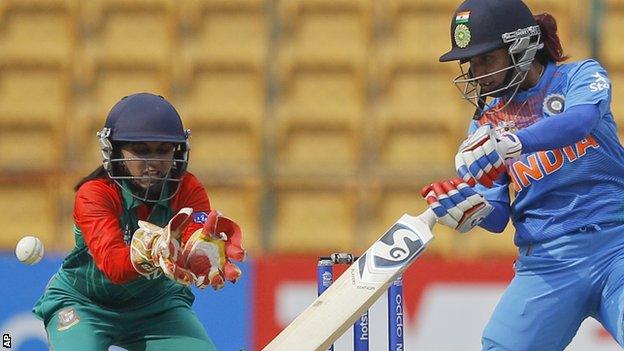
India captain Mithali Raj has scored more than 5,000 runs for her country
"My grandparents had huge issues with me playing cricket. It is a rough game where you slog it out in the sun. They used to wonder who will marry me if I get tanned. My aunts were also a problem.
"But my parents were very supportive. They absorbed all negativity so that I could concentrate on cricket."
The younger players coming from small villages and towns have similar stories of will triumphing over lack of facilities and discrimination.
"Initially I used to play cricket in the local mohallas or streets," said bowler Ekta Bisht, who belongs to a sleepy hilly town of Almora. "I also started playing in the boys team for my university.
"When I used to get a wicket, the rest of the boys would tease him that a girl got you. Sometimes, boys used to pass comments, but my coach always told me to ignore them."
With a sheepish smile and a glint of pride in her eyes, she added: "He used to say that one day when you join the Indian team, they will automatically shut up."
Things were even worse in earlier decades.
Diana Edulji, a former India captain and one of the poster girls of Indian cricket in the 1970s and 80s, said: "When we played, men often used to pass snide remarks that we are more suited for the kitchen rather than being on the ground. Often we used to play without a match fee.
"Once we had to travel to New Zealand for the World Cup and the women players were asked to pay £100, which was a huge amount in those days.
"Thankfully, the chief minister of my state came to our rescue and paid for us. Many times we used to travel unreserved in trains and sleep on the floor in dormitories.
"While men's cricket underwent huge changes in the 80s and 90s, we were just languishing."
In 2005, the International Cricket Council passed a directive to all its members to merge with their women's cricket boards. After much reluctance, the Board of Control for Cricket in India finally took over women's cricket in India.
Since then, women's cricket has seen a couple of changes, with players getting central contracts and better facilities.
But pundits say that a lot remains to be done.
"If you compare the match fees, women get paid a pittance as compared to men in India," said cricket journalist Sunandan Lele.
"Women's cricket needs promotion at the school level. Women players come from small towns and villages just like India men's captain MS Dhoni. There is a lot of raw talent."
India's women reached the World Cup semi-final in 2009 and the last-four stage at the 2010 World T20 and are hopeful of replicating that on home soil this time around.
The women's final will be played on the magical venue of Eden Gardens in Kolkata, on the same day as men's final.
If Mithali lifts the trophy on 3 April, many believe it could be a tipping point for women's cricket in India, just as the unlikely 1983 World Cup triumph, external was a catalyst for the men's game.
"I may sound over-optimistic but I think the next 10 years belong to the Indian women cricket team," said India coach Sunita Sharma.
She has one complaint. though.
"Why can't these youngsters get off their mobile phones and social media and have some fun together after practice?"
- Published21 March 2016

- Published21 March 2016
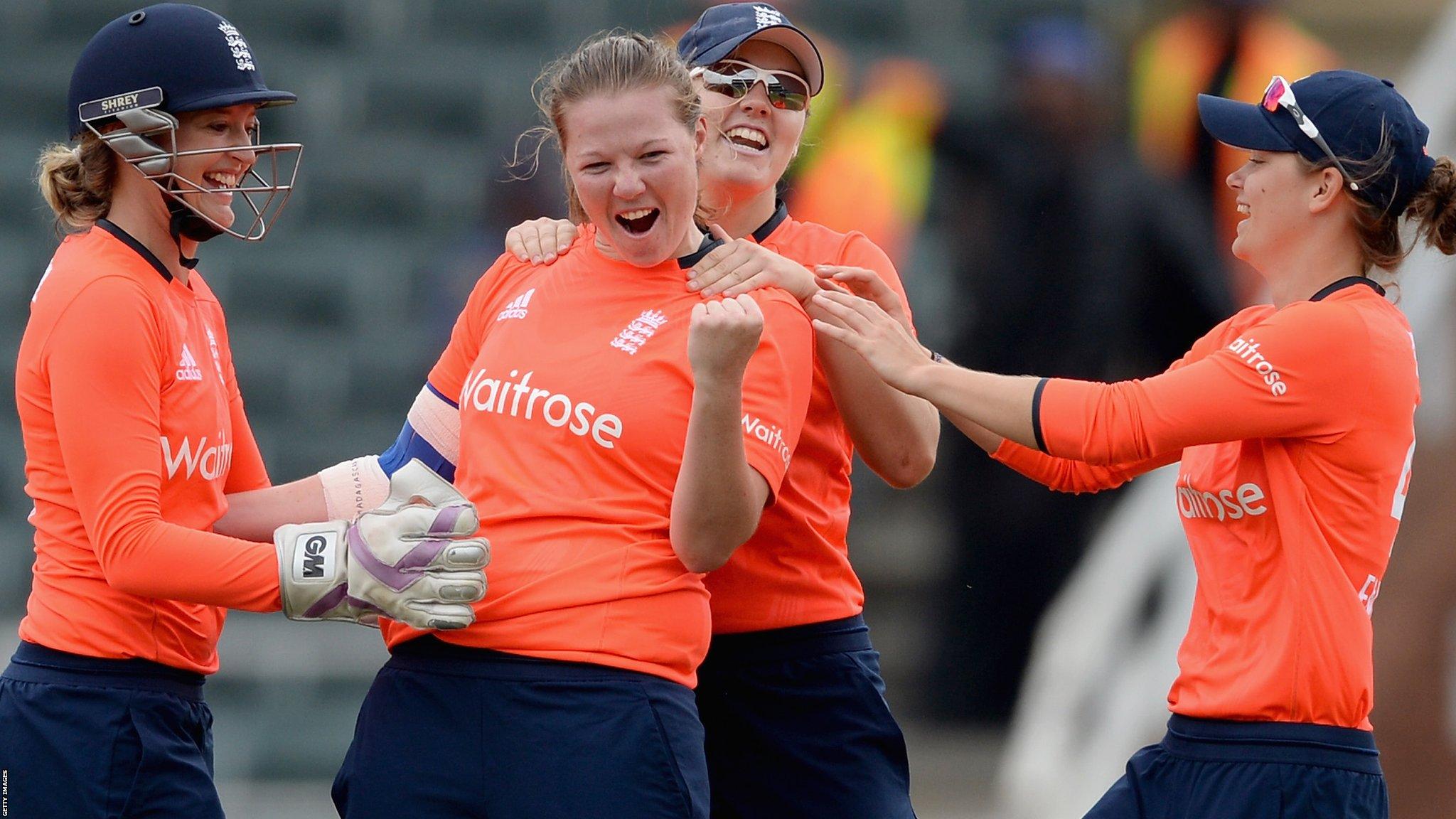
- Published21 March 2016
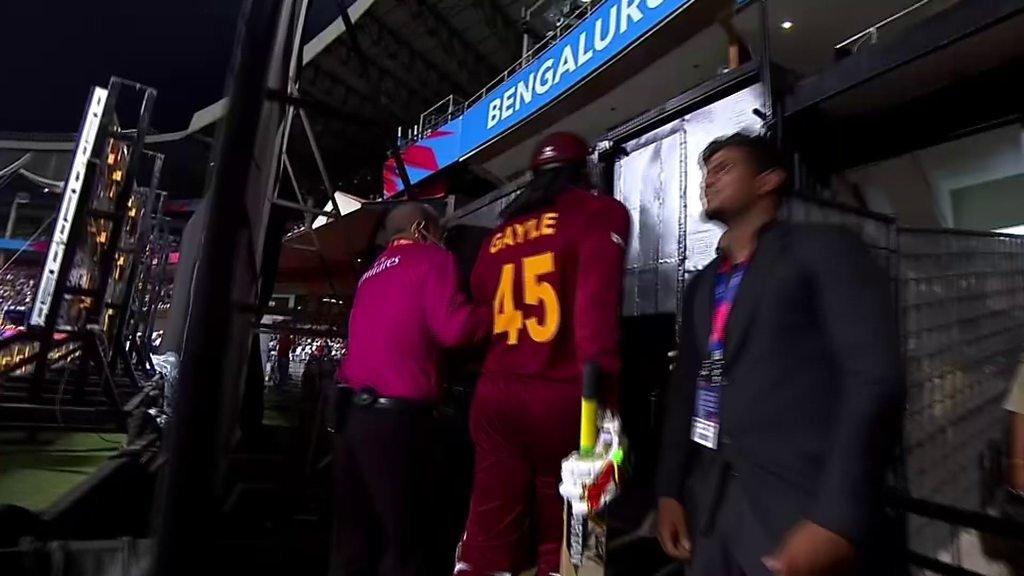
- Published21 March 2016
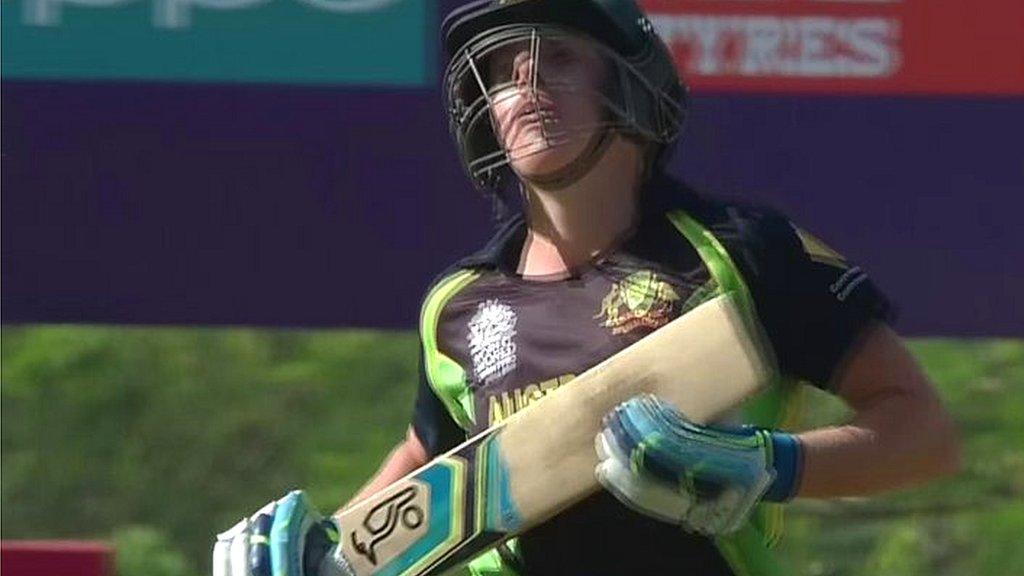
- Published19 March 2016

- Published15 May 2018

- Published10 March 2019

- Published18 October 2019
